Friction
Friction is the force that opposes the motion of an object when it comes into contact with another object. It is caused by the irregularities on the surfaces of the objects that are in contact.
Types of Friction
There are several types of friction:
- Static friction: This type of friction occurs when an object is at rest and is being pushed or pulled.
- Sliding friction: This type of friction occurs when two objects slide past each other.
- Rolling friction: This type of friction occurs when an object rolls over a surface.
- Fluid friction: This type of friction occurs when an object moves through a fluid, such as air or water.
Factors Affecting Friction
Several factors can affect the amount of friction between two objects:
- Surface roughness: Rough surfaces create more friction than smooth surfaces.
- Force pressing the surfaces together: The greater the force pressing the surfaces together, the greater the friction.
- Material of the surfaces: Different materials have different levels of friction when in contact with each other.
Ways to Reduce Friction
Friction can be reduced by:
- Using lubricants: Lubricants such as oil or grease can be applied to surfaces to reduce friction.
- Smoothing surfaces: Smoothing out rough surfaces can reduce friction.
- Using wheels or ball bearings: These can reduce friction by allowing smoother movement over a surface.
Study Guide
To study friction, consider the following questions:
- What is friction and how does it affect the motion of objects?
- What are the different types of friction?
- What factors can affect the amount of friction between two objects?
- How can friction be reduced?
- Give examples of situations where friction is helpful and where it is a hindrance.
Understanding friction is important in various real-world situations, such as in designing vehicles, sports equipment, and everyday tools. It also plays a crucial role in understanding the natural world and how objects interact with each other.
[Friction] Related Worksheets and Study Guides:
.◂Science Worksheets and Study Guides Second Grade. The sun and earth
Study Guide The sun and earth
The sun and earth  Activity Lesson
Activity Lesson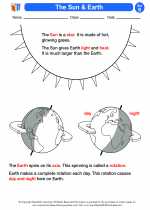 The Sun & Earth
The Sun & Earth  Worksheet/Answer key
Worksheet/Answer key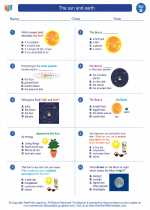 The sun and earth
The sun and earth  Worksheet/Answer key
Worksheet/Answer key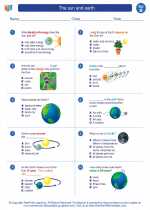 The sun and earth
The sun and earth  Worksheet/Answer key
Worksheet/Answer key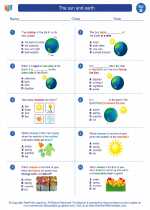 The sun and earth
The sun and earth  Worksheet/Answer key
Worksheet/Answer key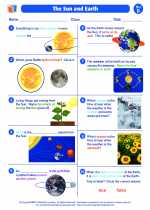 The Sun and Earth
The Sun and Earth  Vocabulary/Answer key
Vocabulary/Answer key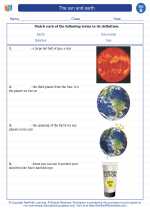 The sun and earth
The sun and earth 

 Activity Lesson
Activity Lesson
 Worksheet/Answer key
Worksheet/Answer key
 Worksheet/Answer key
Worksheet/Answer key
 Worksheet/Answer key
Worksheet/Answer key
 Worksheet/Answer key
Worksheet/Answer key
 Vocabulary/Answer key
Vocabulary/Answer key

The resources above cover the following skills:
Concepts of Earth Science: A student should understand and be able to apply the concepts, processes, theories, models, evidence, and systems of earth and space sciences. A student who meets the content standard should:
Develop an understanding of the cyclical changes controlled by energy from the sun and by Earth's position and motion in our solar system.